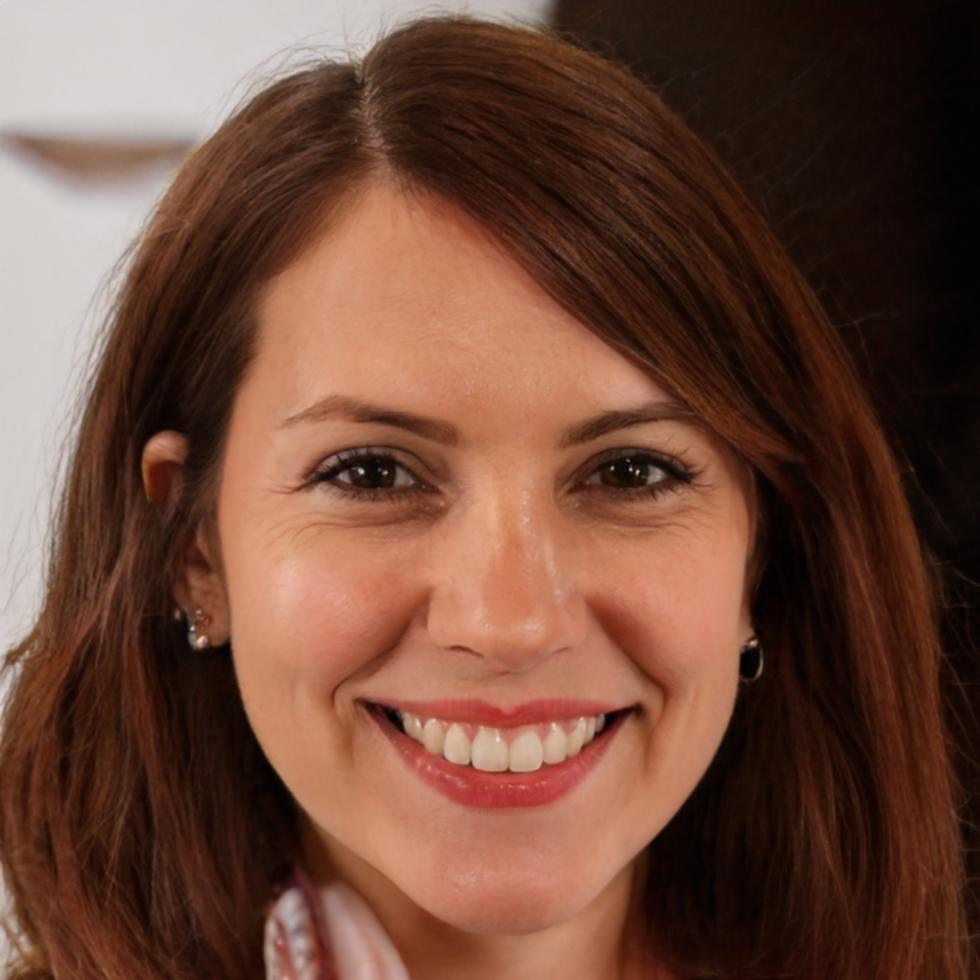Financial Planning That Actually Adapts to Reality
Most budgets break the moment something unexpected happens. We teach rolling budget methods that flex with your business instead of fighting against it. Real strategies from people who've managed actual budgets, not theoretical frameworks.
Explore Our Courses

Why Rolling Budgets Work Better Than Static Plans
Traditional annual budgets lock you into assumptions made months ago. Things change. Markets shift. Opportunities appear. And your budget becomes this rigid document that everyone ignores by March.
Rolling budgets keep a constant planning horizon. You're always looking ahead the same distance, but you update based on what's actually happening. It sounds simple, but the implementation matters.
We've seen companies transform their financial planning from a yearly chore into a continuous conversation about priorities and possibilities. It's not magic, just better alignment between planning and reality.
Our approach combines practical workshops with hands-on modeling exercises. You'll work with actual scenarios from Thailand's business environment, not generic case studies from somewhere else.
How We Structure Financial Learning
Three phases that build on each other. Each focuses on a different aspect of rolling budget implementation.
Foundation Concepts
Understanding why rolling budgets work and when they don't. We cover the theory, but more importantly, the practical considerations that textbooks skip over.
Building Your Model
Hands-on sessions where you create your own rolling budget framework. We work through driver identification, variance analysis, and forecast adjustment techniques.
Implementation Planning
The hardest part is actually using this stuff. We discuss stakeholder communication, change management, and how to integrate rolling forecasts with existing processes.
What Makes Rolling Budgets Different
It's not just about updating numbers more frequently. The whole mindset shifts from "predicting the future" to "responding to signals."
Continuous Planning Horizon
Always maintain a 12 or 18 month view. As one period ends, add another to the forecast. Your planning horizon stays constant.
Driver-Based Modeling
Focus on the variables that actually drive your numbers. Revenue per customer, cost per unit, conversion rates. Not just historical trends.
Flexible Resource Allocation
Make decisions based on current realities rather than budget allocations from last year. Redirect resources when circumstances change.

Upcoming Program Details
Our next cohort starts in September 2025. We run these programs twice yearly, keeping groups small so everyone gets individual attention during the modeling sessions.
Phase One: September 2025
Core concepts and framework introduction. Four weeks of evening sessions, two hours each. Plus online resources for the theory components you can review at your pace.
Phase Two: October 2025
Model building workshops. We meet weekly for hands-on sessions where you build your actual rolling budget framework. Bring your own data or use our sample sets.
Phase Three: November 2025
Implementation strategy and advanced topics. We cover change management, stakeholder communication, and integration with existing financial processes.
Ongoing Support: Through March 2026
Monthly check-in sessions where you can bring questions from real implementation challenges. Plus access to our online community for peer support.
Application Period Opens July 2025
Limited to 18 participants per cohort. Priority given to finance professionals with budget responsibility who can implement these methods in their organizations.

Brynn Carlisle
Senior Instructor, Rolling Budget Methods
I spent twelve years managing financial planning for mid-sized manufacturing companies before switching to education. Most of that time was fighting with budgets that became obsolete before the ink dried.
Rolling forecasts changed how I approached the entire planning process. But implementation was harder than the theory suggested. I learned what works through trial and plenty of errors.
Now I help finance professionals implement these methods in their own organizations. The techniques are adaptable, but you need to understand the core principles to make them work in your specific context.